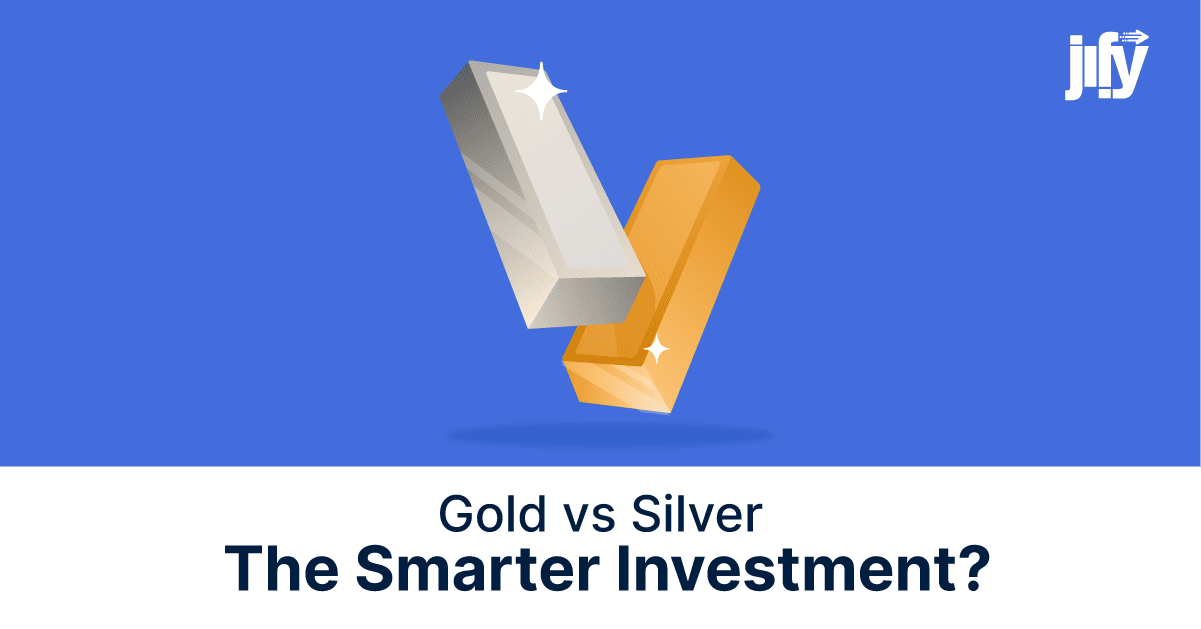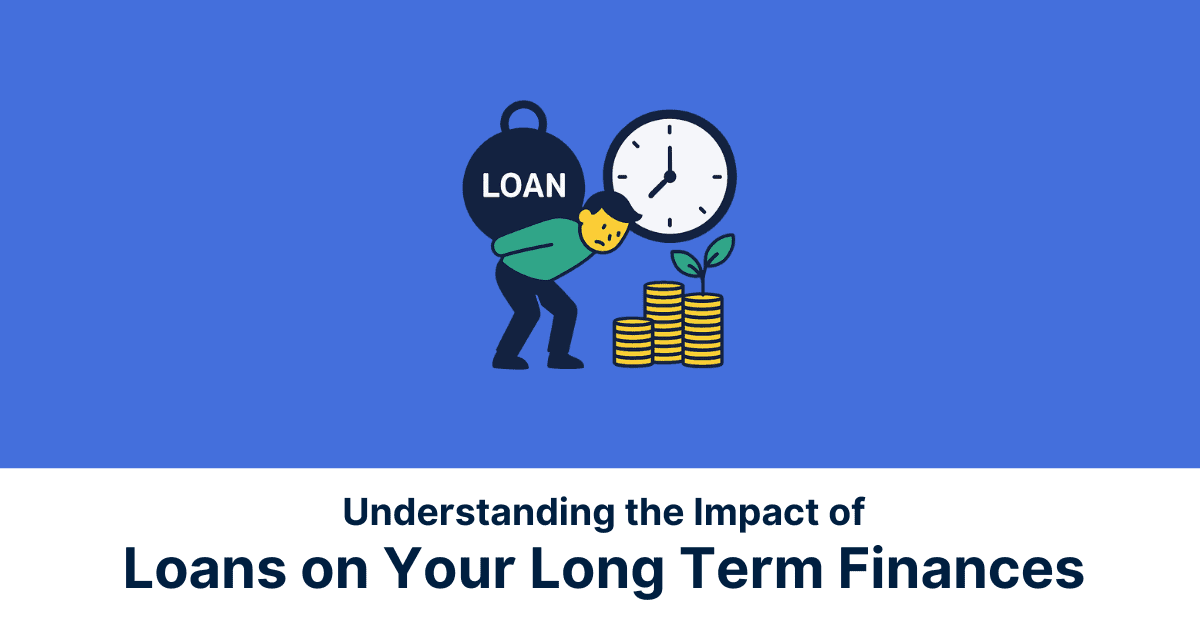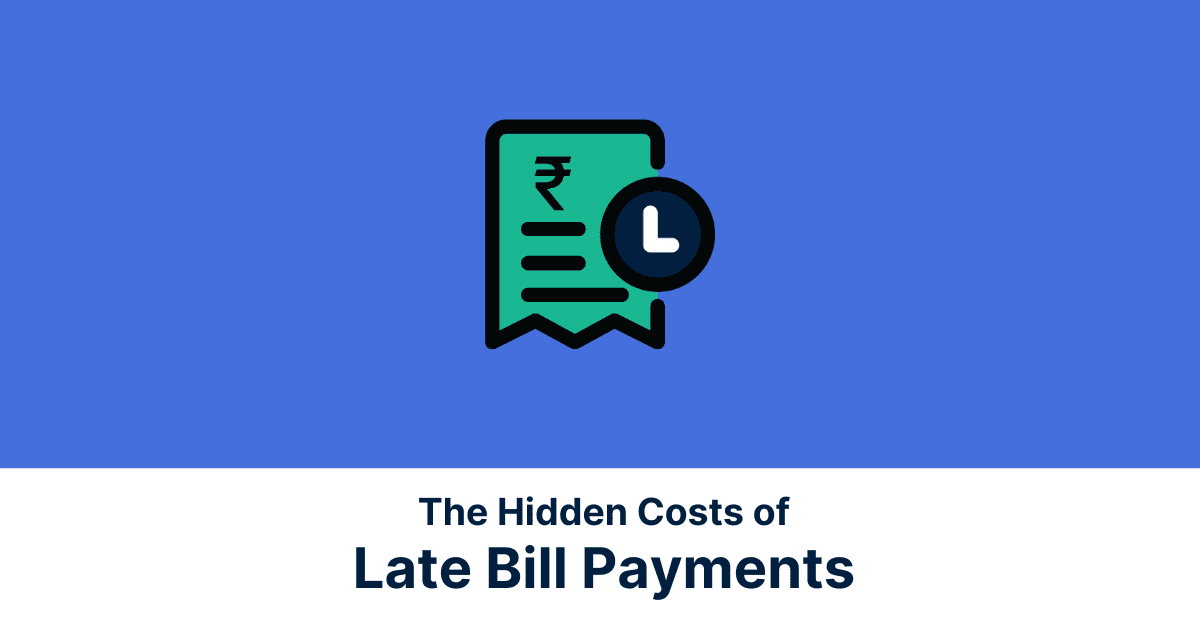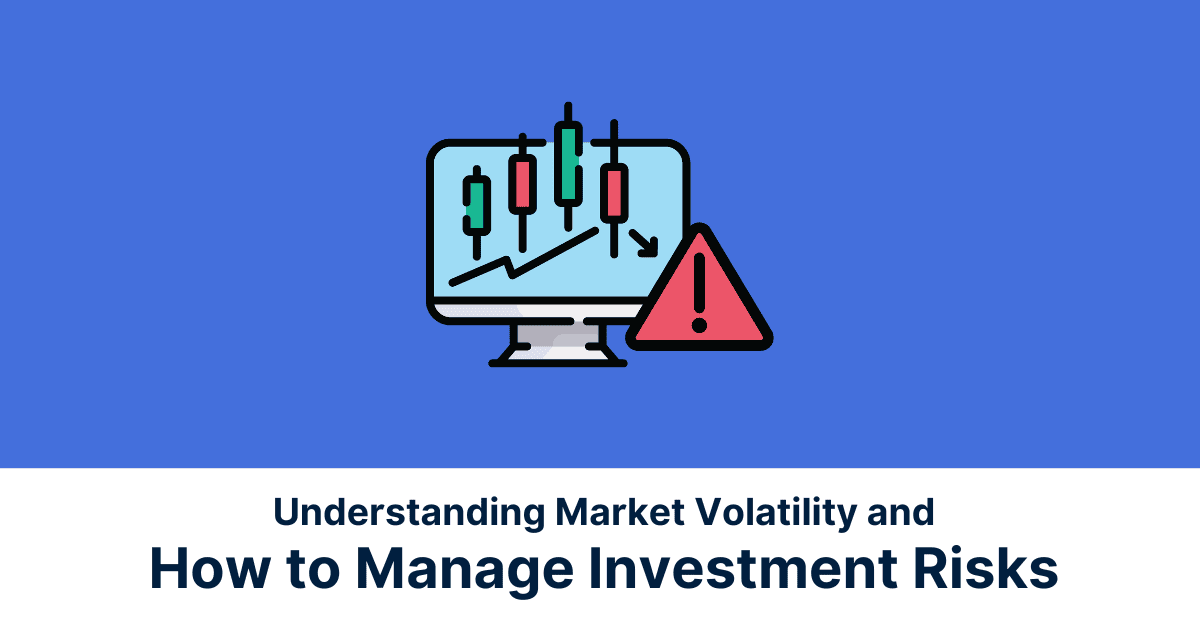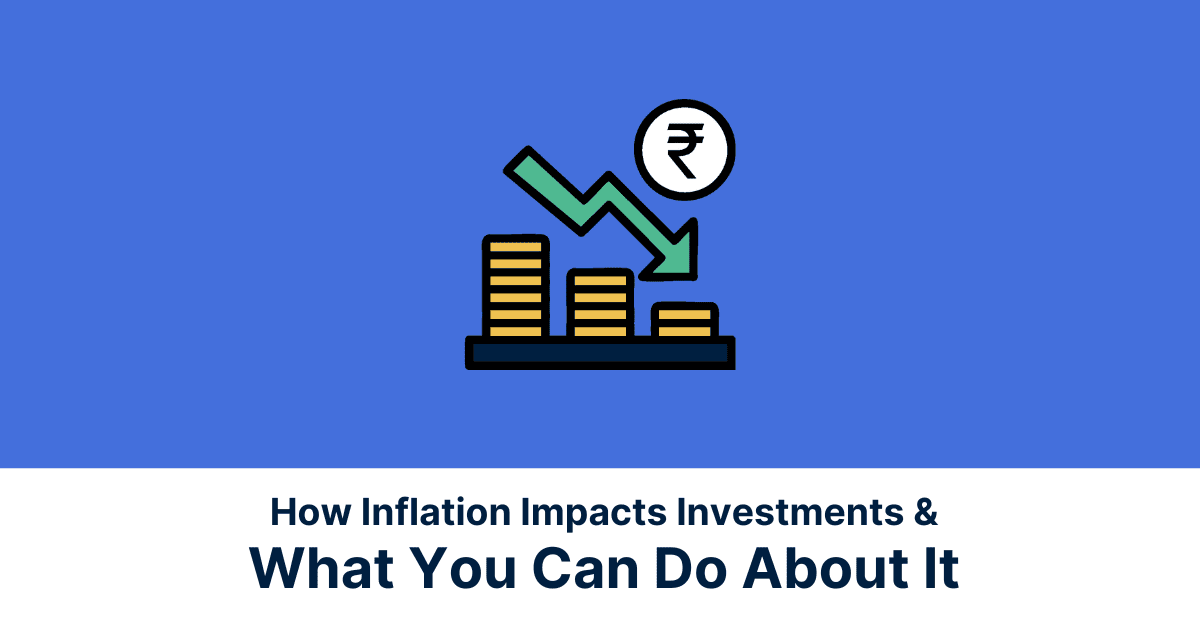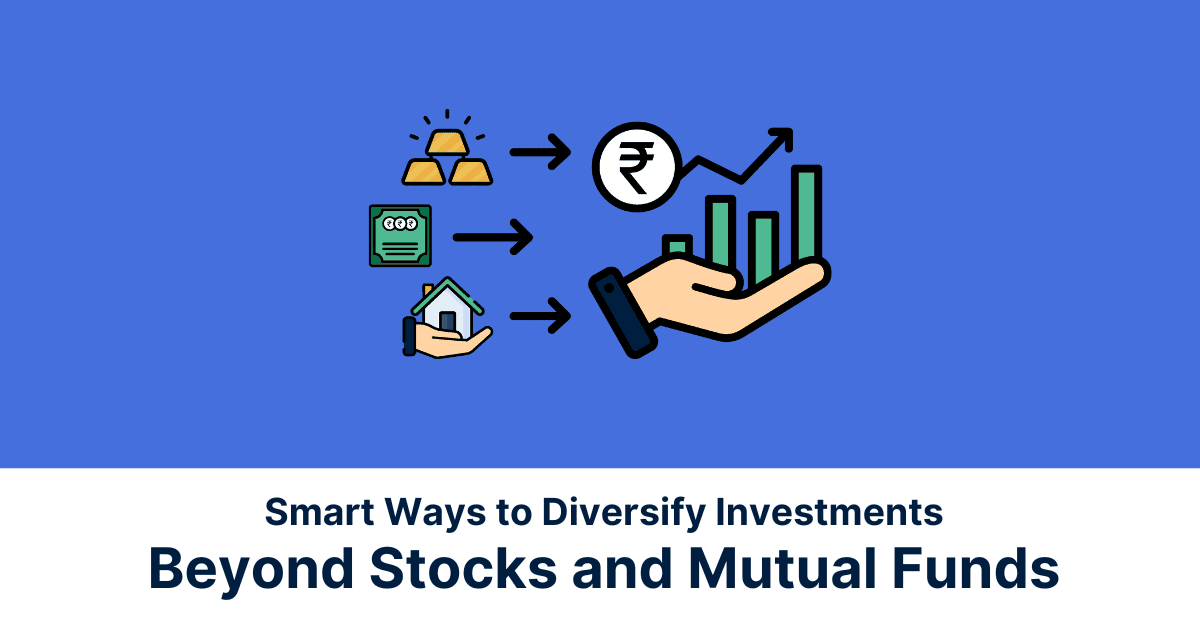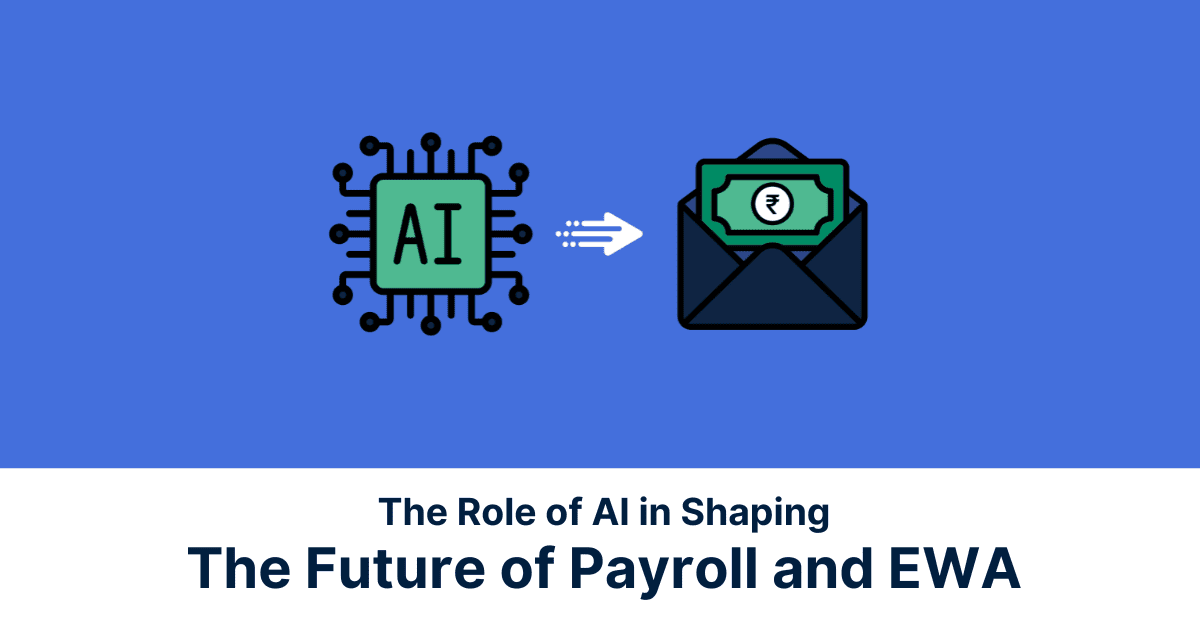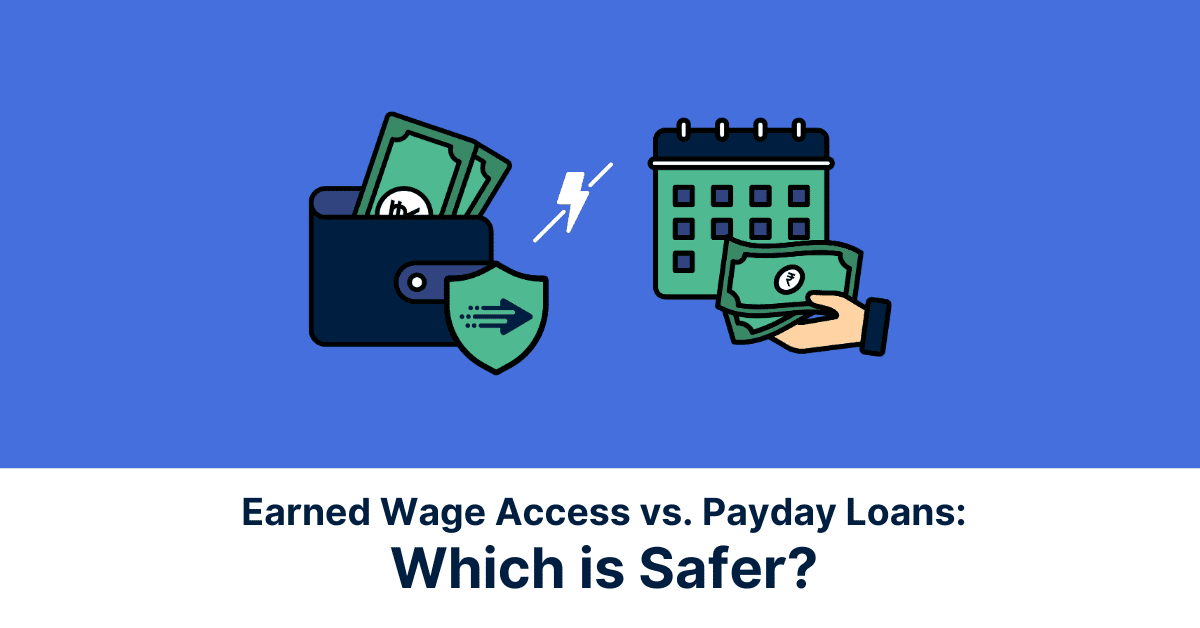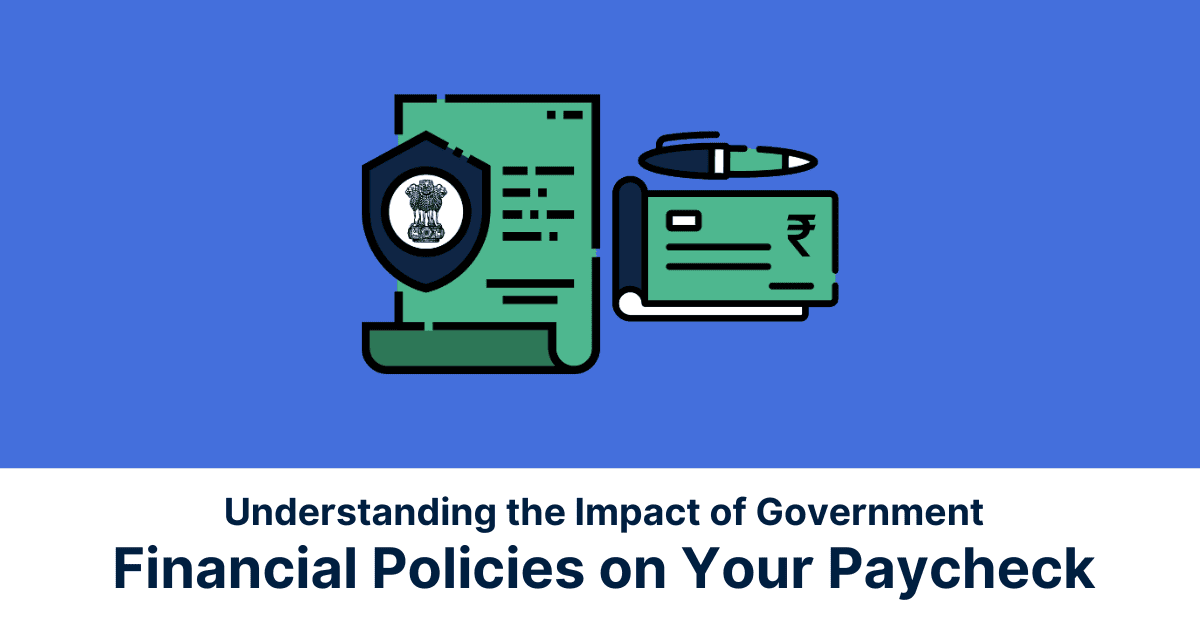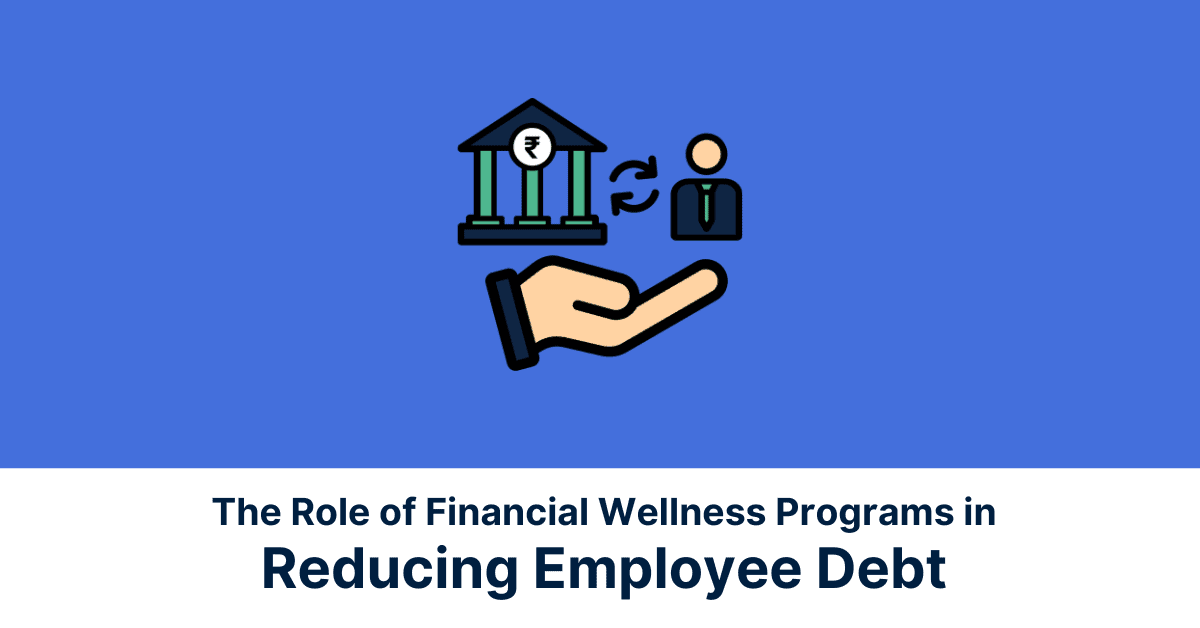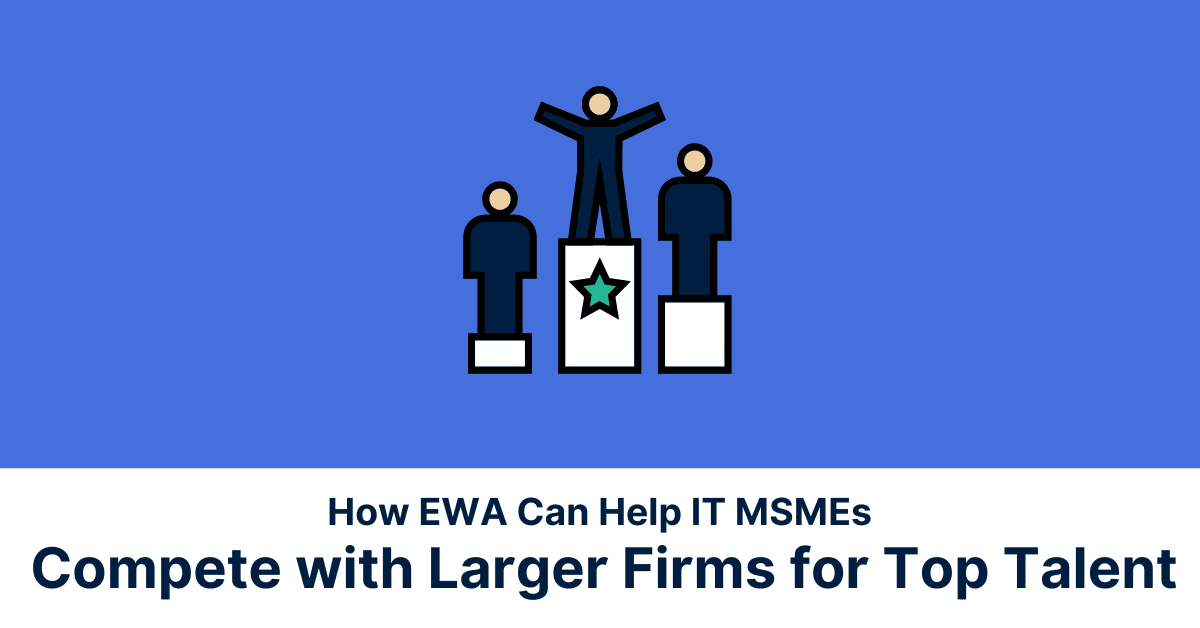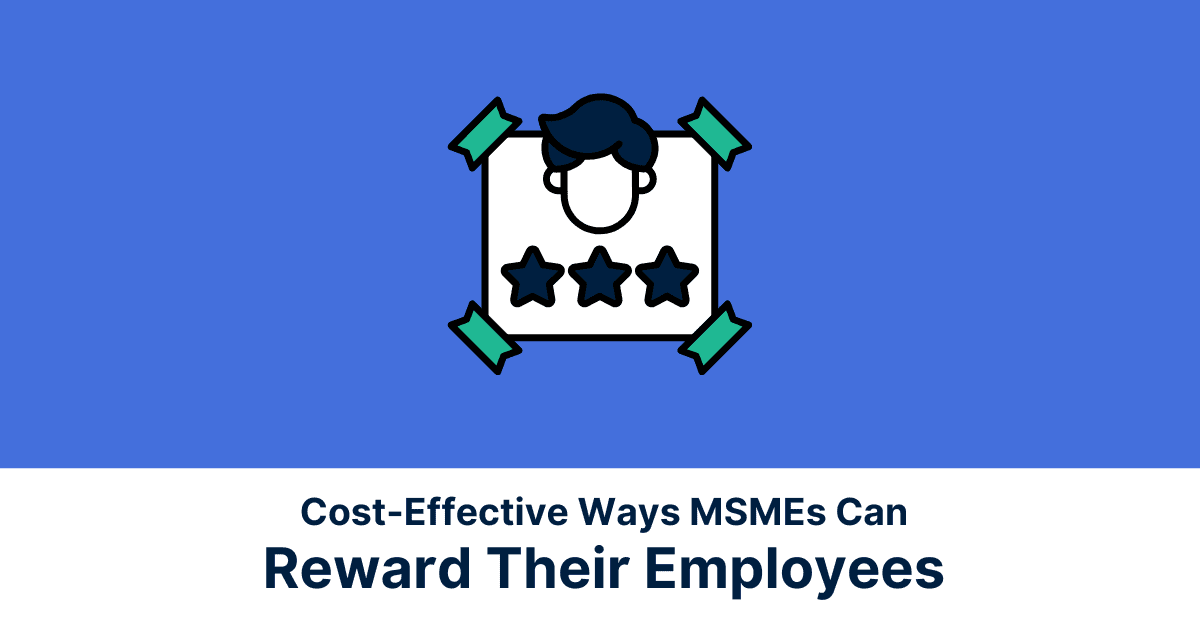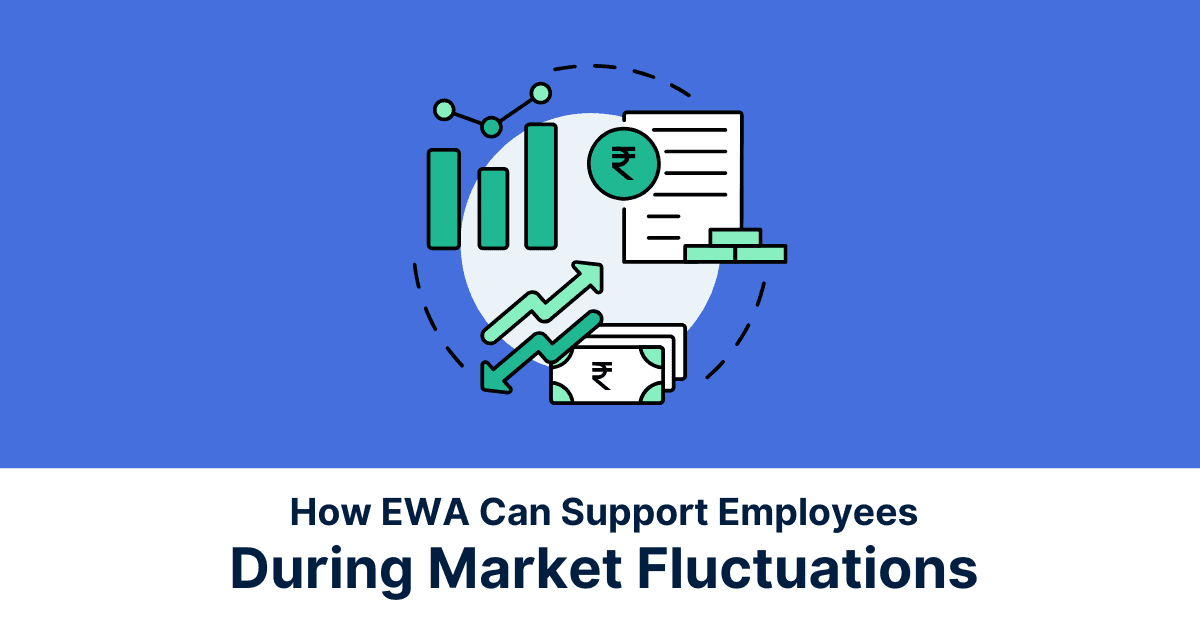The world of investing holds a certain level of favouritism towards precious metals, and it’s not without reason. Whenever the global economy plunges into turmoil, these limited resources have consistently acted as the first defence against economic uncertainty, especially gold!
In 1991, India underwent one of the worst economic crises in the nation’s history. And what was the saving grace?
Gold!
Similarly, in 2008 when Lehman Brothers declared bankruptcy, it led to the crash of the global economy.
What helped nations in finding a stable economic footing, was their precious metal reserves.
The current economic conditions are again showing turbulent times ahead due to the post-pandemic effects, the Russian-Ukraine war as well as overall recession and inflation being experienced globally. So here’s understanding which out of gold or silver really has the metal to save an economy!
Which metal shines economically brighter?
Throughout history, silver and gold have served as valuable means of protection against unexpected and extreme events such as market crashes, currency devaluation, and rare unforeseen occurrences. They have proven to be reliable tools for hedging and are even recognized as effective safeguards against inflation.
However, as is the case with any other investment option, there are certain things that one should always take into consideration:
Liquidity
The concept of liquidity revolves around how easily an asset can be bought or sold without causing major disturbances in the market.
In the case of silver and gold, the market demand for both metals has been substantial, ensuring a sufficient level of liquidity.
Nevertheless, gold has a slight edge over silver in terms of liquidity. This is primarily due to its exceptional popularity as the most desired precious metal, surpassing the demand for any other. As a result, gold offers a higher level of ease when it comes to buying and selling, relative to silver.
Volatility
Historically speaking, silver has always demonstrated a minute degree of higher volatility in comparison to gold. Irrespective of this, the demand for silver has been showing exponential growth, with the demand in 2022 crossing over 1.2 billion ounces.
In terms of the demand being incurred for silver, a major chunk of it is driven by industrial use, leading to higher levels of fluctuations. Making demand for silver, cyclical in nature. Consequently, even minor disparities between supply and demand exert significant influences on the prices of silver.
As a result, silver can be perceived as both a potentially profitable commodity and a risky asset due to its vulnerability to market fluctuations. Though on the scale of comparison, it becomes apparent that gold investments have maintained notably stable than silver.
Demand
Gold, known for its excellent conductivity, holds immense importance in industries like electronics, thermal management, and manufacturing conductors. Additionally, gold holds significant cultural significance, especially in India, where it is highly valued during weddings and auspicious events.
Silver, on the other hand, is extensively utilized in industries such as automobiles, electronics, thermal management, medicine, and manufacturing. Nearly 60% of all mined silver is used in industrial production. However, because of its reliance on industrial demand, silver can be affected more severely during economic downturns.
Affordability
When comparing silver and gold, it’s clear that silver is more affordable than gold. Right now, the price of just a small amount of gold can buy a lot more silver. The gold-to-silver ratio is 85.97 which means you can buy about 85 ounces of silver for one ounce of gold.
Due to gold being the scarcer element than silver, governments of nations globally maintain their reserves of gold while the same policy is not extended to silver. If the value of gold drops significantly, it would cause problems for the financial system and create uncertainty for governments because they can’t rely on silver as a backup.
Future Outlook
These precious metals are often seen as a safe place to invest money and are included in many investment portfolios, no matter the time period or economic situation.
Nowadays, there are modern financial tools like Gold ETFs and gold mini futures that allow people to trade metals in a new way. While the government is focused on improving the gold market with measures like mandatory gold hallmarking and gold exchanges, silver is also expected to receive similar attention.
Soon, there may be platforms where people can trade silver and silver-based ETFs.
Choice is Yours
Deciding between gold and silver depends on factors like how much risk you’re comfortable with, your financial situation, personal preferences, and how gold and silver have performed in the past. However, it’s important to understand how these metals are traded and how they can be used to protect against financial risks in order to make the most of their benefits.
*Disclaimer:
The information contained herein is not intended to be a source of advice concerning the material presented, and the information contained in this article does not constitute investment advice. The ideas presented in the article should not be used without first assessing your financial situation or without consulting a financial professional.
